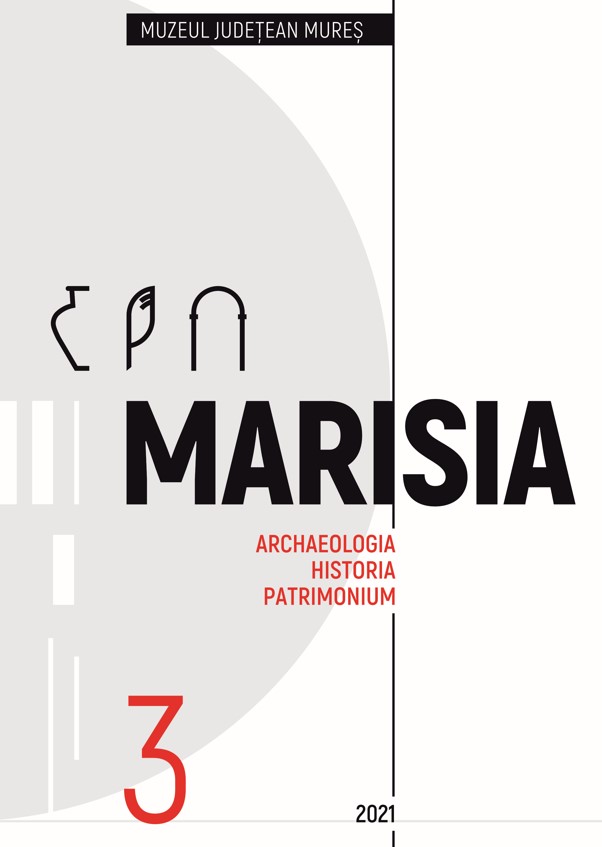CRESCENT RISING. SEMI-CIRCULAR-SHAPED PENDANTS FROM BRONZE AGE FUNERARY CONTEXTS OF THE EASTERN CARPATHIAN BASIN
CRESCENT RISING. SEMI-CIRCULAR-SHAPED PENDANTS FROM BRONZE AGE FUNERARY CONTEXTS OF THE EASTERN CARPATHIAN BASIN
Author(s): Tibor Tamás DarócziSubject(s): Archaeology, Cultural history, Regional Geography, Social history, Ancient World
Published by: Editura Mega Print SRL
Keywords: Bronze Age; Eastern Carpathian Basin; graves; pendants; typology; chronology; radiocarbon dating; social archaeology;
Summary/Abstract: In the research of social archaeology and engendered studies of funerary inventories a group of Bronze Age finds from the Eastern Carpathian Basin was somewhat overlooked in the past decades, albeit they bare important agencies in respect of social stratification and identity negotiation. Crescent-shaped pendants, which are also referred to as lunulae or horseshoe-shaped in the study region, are an important means by which standing within a group, and sometimes in wider region, is expressed. The different types have quite a long-lived life, starting to appear in graves from the late Early Bronze Age, present throughout the Middle Bronze Age and having their dusk in the earlier part of the Late Bronze Age. Due to the single contexts of graves, their relative chronological attribution allows for a typological sequencing, which doubled by existing and new radiocarbon dates enables a refined description of their typological change throughout the Bronze Age of the region. Furthermore, the pendants occupy a central position in the contexts in which they are identified in and precisely this contextual information underscores their social importance. Moreover, engendered kits through which individuals negotiate their status are also identifiable. Lastly, the change in time of agencies that these pendants bare is clearly recognisable, hinting at changes in regional social structures and ways in which identities are negotiated. The study employs almost a hundred such finds or fragments thereof from funerary contexts of the Bronze Age Eastern Carpathian Basin and aspires to present an exhaustive, descriptive catalogue of these discoveries, as well.
Journal: Marisia. Archaeologia, Historia, Patrimonium
- Issue Year: 2021
- Issue No: 3
- Page Range: 15-50
- Page Count: 36
- Language: English

